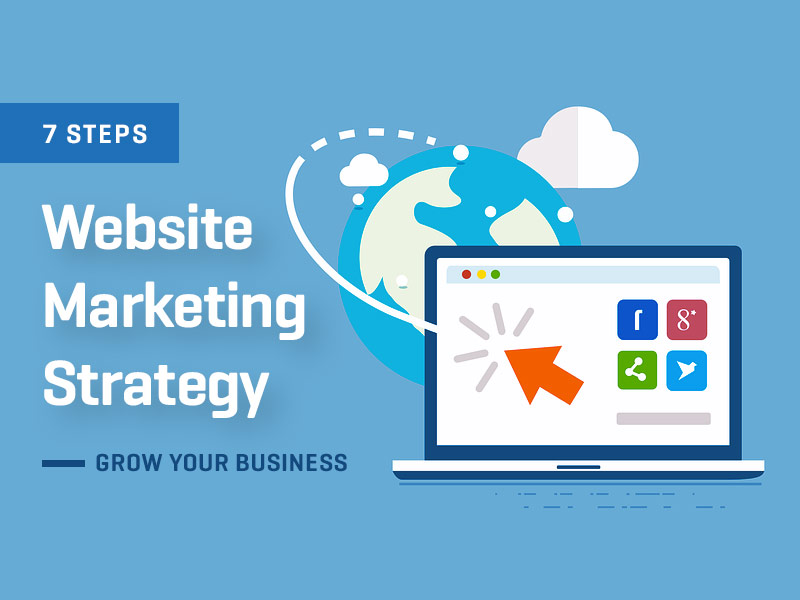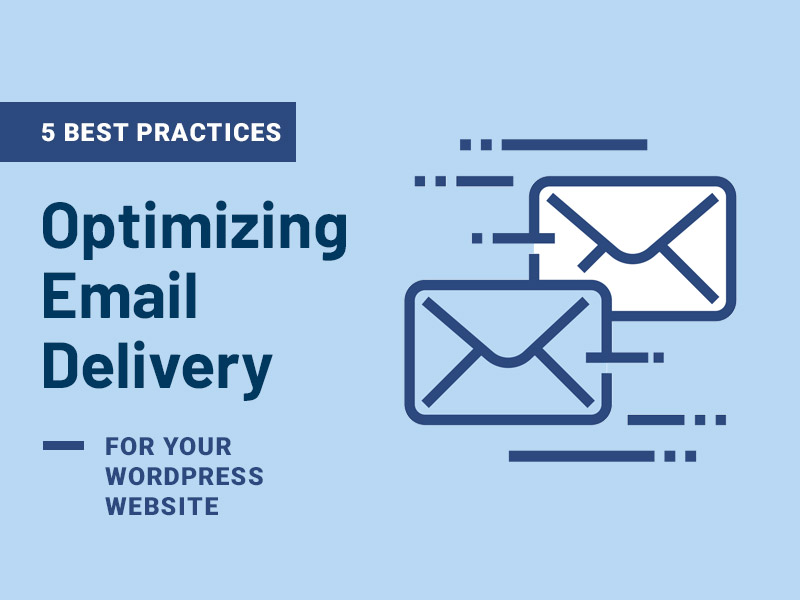Are you ready to cement your brand online? Create a solid website marketing strategy with these seven steps.
Website Marketing Strategy: 7 Steps
1. Know Your Business Goals
Marketing your business online can be a tricky endeavor. When creating your marketing strategy, define your goals, such as Facebook Ad objectives, to achieve clarity with your marketing plan.
This process involves carefully researching your target market and taking advantage of the many tools and resources available. For example, Facebook Ads is a powerful tool that allows you to easily create targeted ads aimed directly at your ideal customers.
Other tips include:
- Setting clear benchmarks and timelines for your goals
- Leveraging social media platforms like Facebook and Twitter to engage with potential customers
- Consistently measuring and analyzing the performance of your campaigns to make improvements over time
2. Research Your Audience
Researching your audience tailors your content and messaging to suit your target group’s needs, interests, and preferences. It also helps you determine the most effective marketing channels to reach them.
To know your target market well, pay close attention to patterns in your website data and analytics tools such as Google Analytics. You can also monitor engagement levels on social media using metrics such as reach and views per post.
They provide insights into which pages on your site are most popular, what types of content people are engaging with the most, and where people are dropping off or exiting the site.
3. Develop a Unique Selling Proposition (USP)
Your unique selling proposition (USP) is what makes your business stand out from the competition. It is the one thing that you offer that no one else does.
Think about what sets your business apart and what makes you special. This could be anything from a unique product or service to a more personal customer experience. For instance, if you’re a small business, you may have a more intimate or personal relationship with your customers than a larger company.
Then use your USP across different online marketing strategies and channels. Here are three ideas:
- Use your USP as the headline on your Facebook page to immediately capture attention.
- Get creative with your USP and use it as the basis for a video marketing campaign.
- Include your USP in all email marketing communications to remind customers why they should buy from you.
4. Choose the Right Marketing Channels
The next step is identifying which marketing channels will work best for your business. There are many different options available, and it’s important to select the ones that will be most effective for reaching your target market.
Some popular channels include:
- Search engine optimization (SEO)
- Content marketing
- Social media marketing
- Email marketing
- Paid advertising
5. Create Compelling Content
Once you’ve selected your channels, it’s time to start creating content. This could be anything from blog posts and articles to videos and infographics. The key is to produce compelling and relevant content for your target audience.
Here are a few tips:
- Make sure your content is well-written and free of errors.
- Include visuals in your content to break up text and add interest.
- Publish new content regularly to keep people coming back for more.
6. Monitor Your Web Traffic and Analyze Your Results
At this stage, you have already implemented the steps above. How do you know you’re doing well and not wasting efforts and money? Keep track of your performance by analyzing results.
Here are some of the metrics to monitor:
- Web traffic: It measures how many people are visiting your website. Look at the number of unique visitors and the source of your traffic (e.g., organic search, direct, referral).
- Leads: A lead is a person who has shown interest in your product or service.
- Conversions: A conversion is when a lead becomes a paying customer. If you’re selling products or services online, track the number of sales or sign-ups you’re getting.
7. Repeat Steps 1 to 6
The final step is to repeat the process. Evaluate your results and make necessary changes to improve your performance. Did you reach your target audience? What type of content was most popular? Which channels drove the most traffic or sales?
Keep track of your progress and adjust until you achieve your desired results. Remember, Rome wasn’t built in a day. It takes time, effort, and patience to succeed in online marketing.
Conclusion
Following these seven steps, you can develop an effective website marketing strategy for your business. But remember, this is just the beginning. There’s always room for improvement and growth. So keep learning, experimenting, and growing to take your business to the next level.







